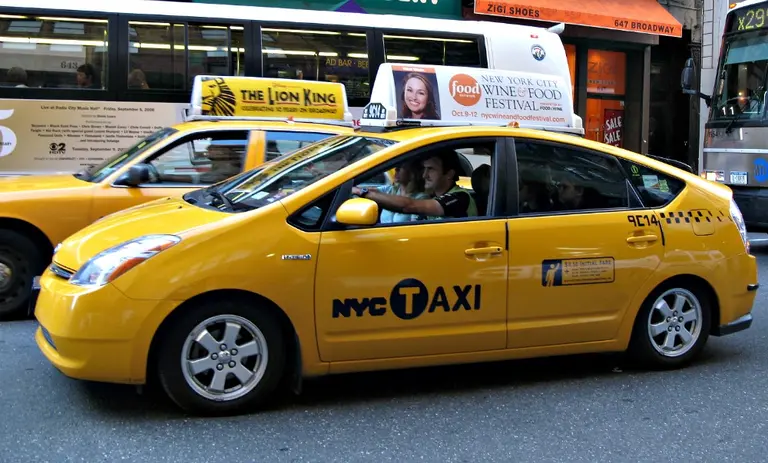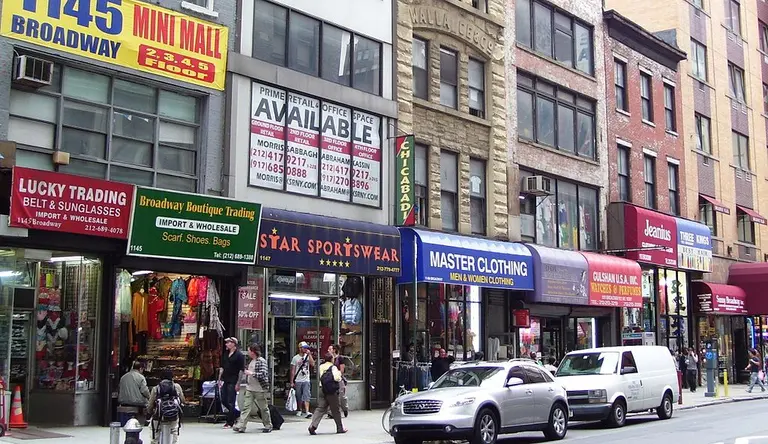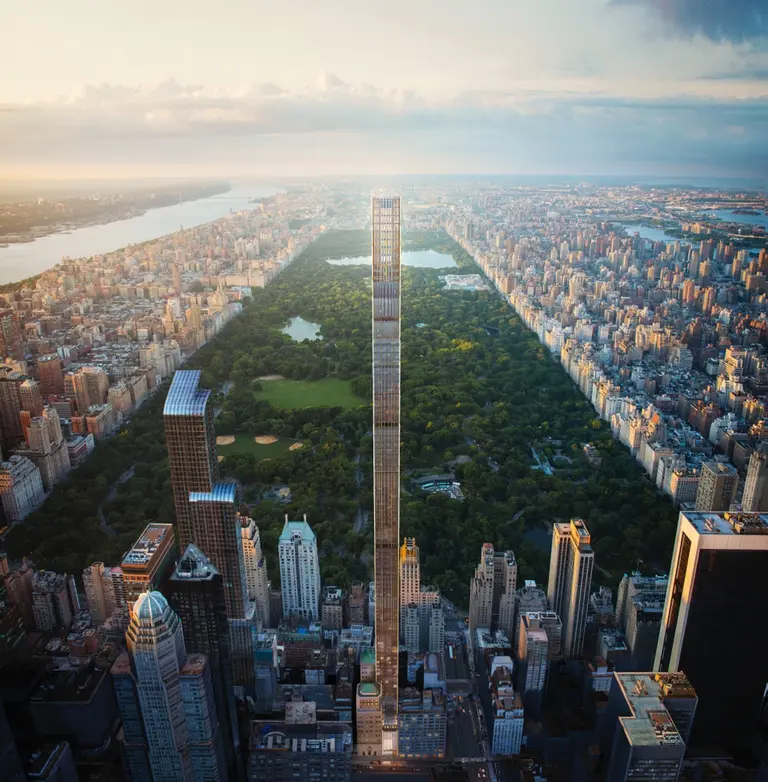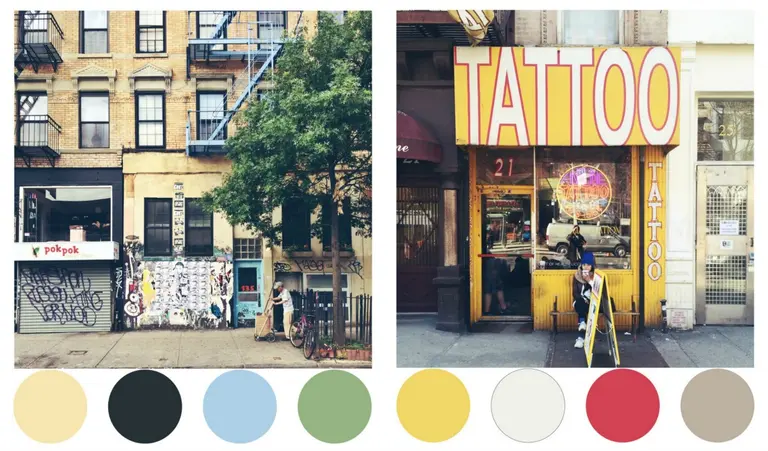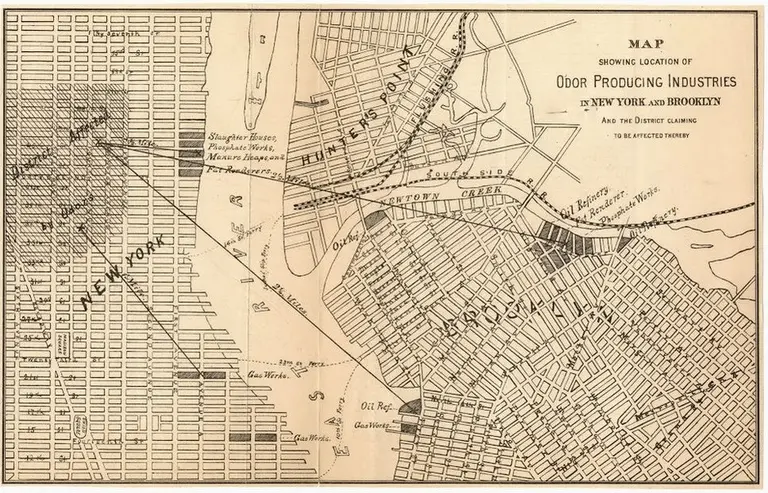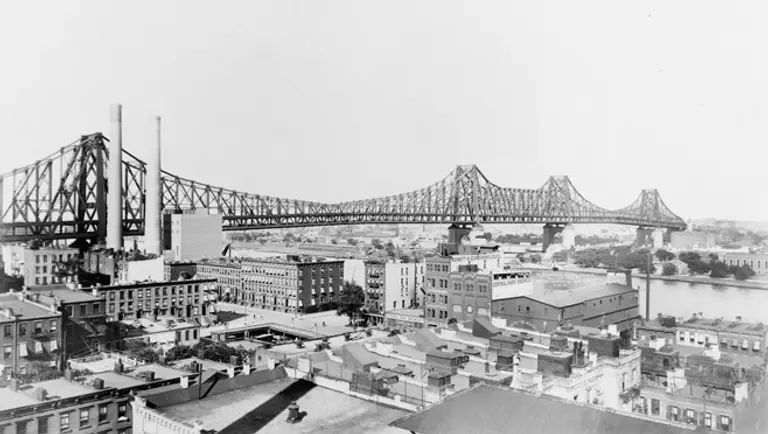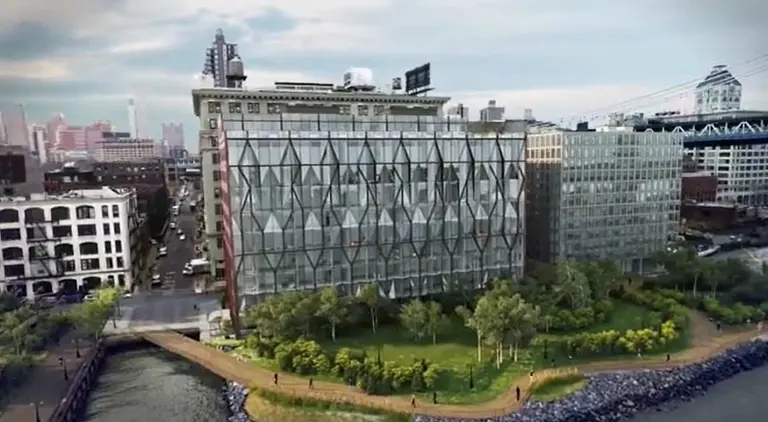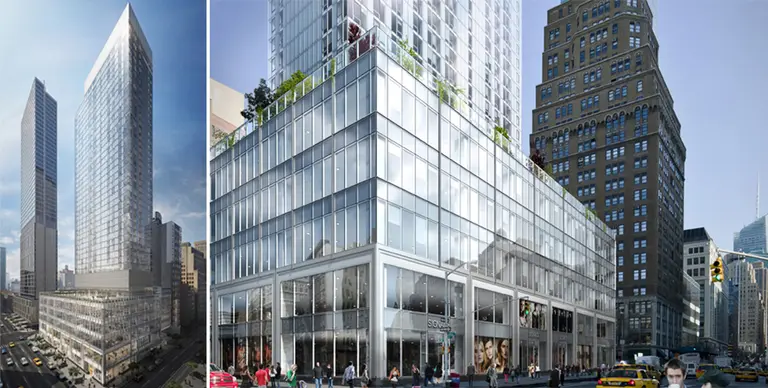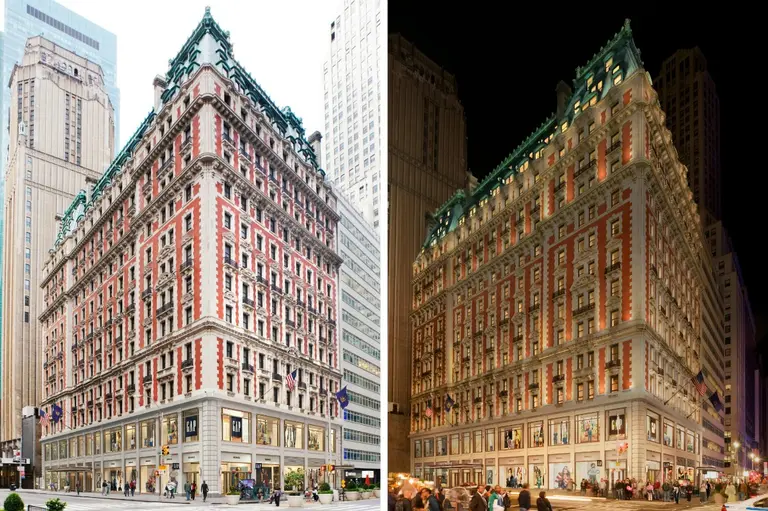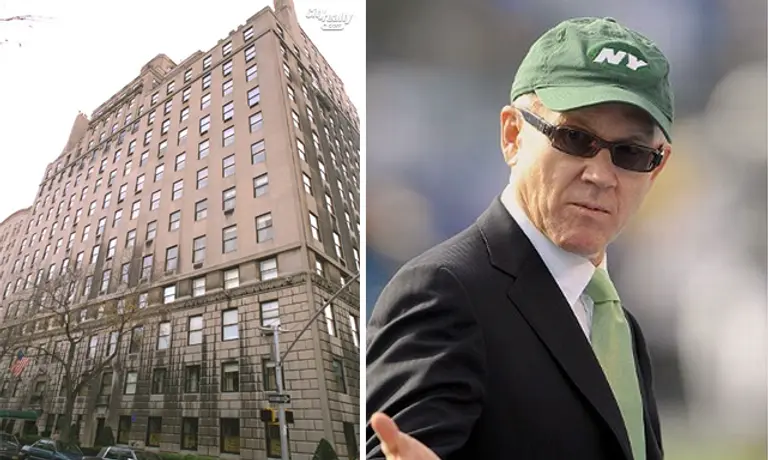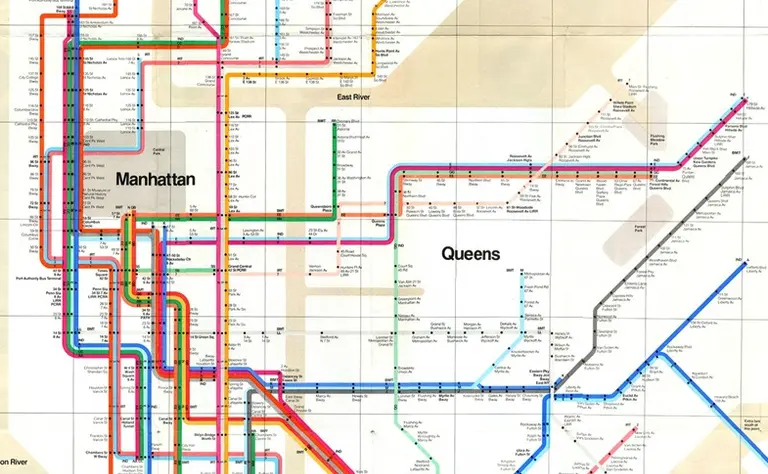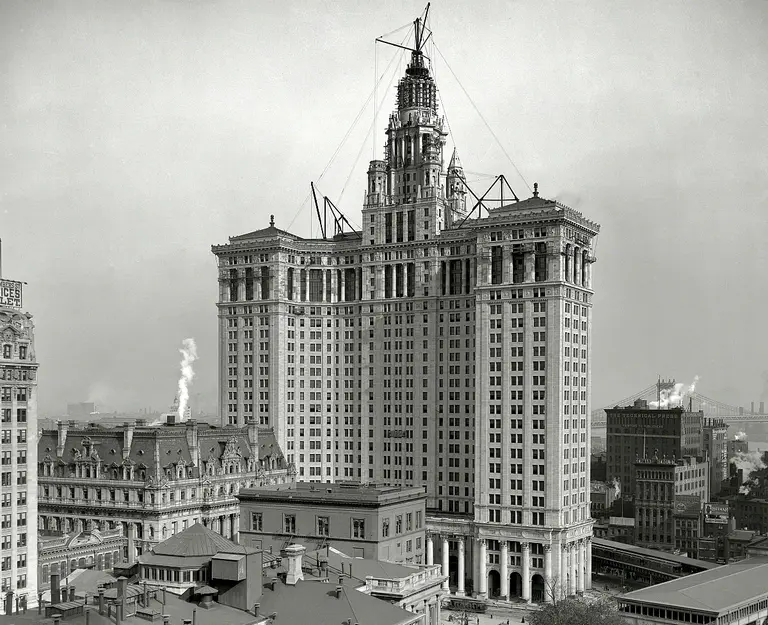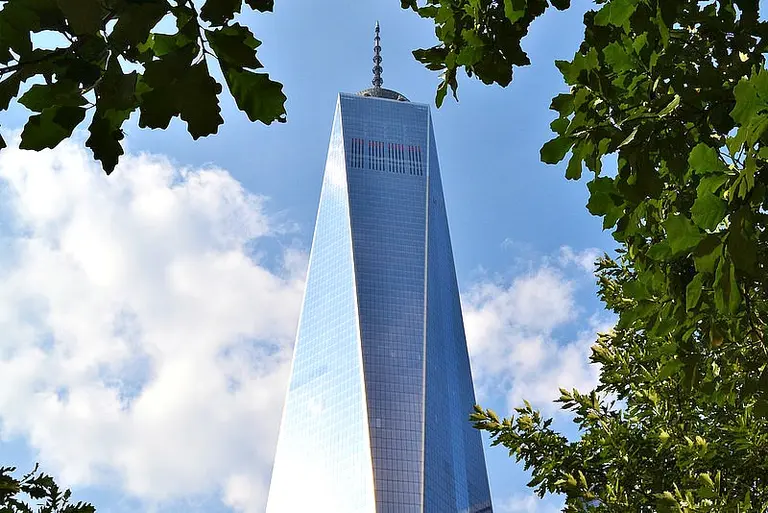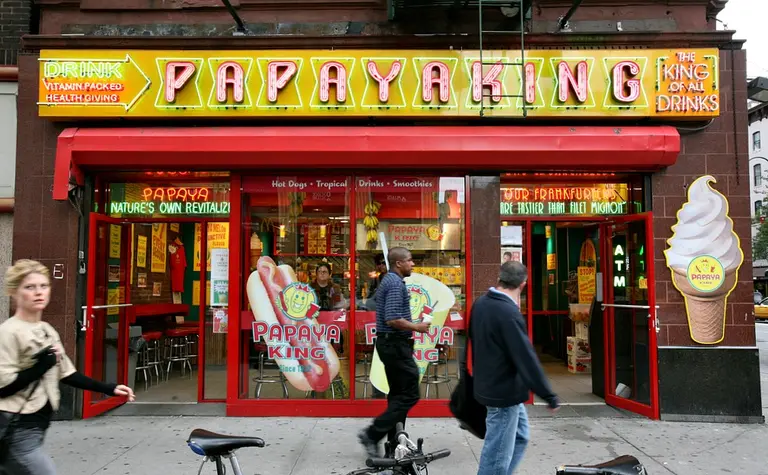March 23, 2015
Since 1980, inmates at Rikers Island have buried 62,000 unclaimed and unidentified New Yorkers in mass graves on Hart Island, a small, mile-long piece of land to the east of the Bronx that is the largest tax-funded cemetery in the world, holding over one million bodies. Before its current use, the island served many uses, including a prison, psychiatric institution, tuberculosis sanatorium, and a boys' reformatory. The Department of Corrections gained control of the land in 1968, and it has been closed to the public ever since.
That's all changing, though, thanks to artist Melinda Hunt, who created the Hart Island Project, an interactive online memorial that provides access to information about the burials on Hart Island and tools for storytelling so that no one is omitted from history. The site's Traveling Cloud Museum lets users look up information on their loved ones and share their personal memories. Last year, Melinda led the introduction of legislation that would give control of the cemetery to the Department of Parks and Recreation so that New Yorkers can freely visit the island and its graves. And coming up this Labor Day weekend, Emmylou Harris will sing at the gated entrance to the dock, calling attention to the Hart Island Project's efforts.
We chatted with Melinda about her passion for Hart Island, how the Project has evolved, and what we can expect in the near future.
Read our interview with Melinda Hunt here
